
Review on 🔆 Aeotec TriSensor - Z-Wave Plus S2 Enabled Motion Sensor with Temperature and Light Sensor | Works with Z-Wave Hub Smartthings | 3-in-1 Security System | Battery Powered by Darius Glatzel

Lightweight alternative to the MultiSensor 6. Conditionally recommended (see details)
Case for use by suppliers. These are generally not Z-Wave Plus devices, they are large and use AA or AAA batteries. MultiSensor 6 make up the majority of my current sensors. I've gradually replaced my old devices with newer ones, but I discovered the TriSensor while looking for a wholesale deal on the MultiSensor 6s. I really only used the temperature and PIR of the previous sensors, so I decided to give the TriSensor a try. A lack of features will bring you a 15-30% price reduction. Build Quality/Appearance The TriSensor comes in a small box, not much larger than the sensor itself. The kit includes double-sided foam tape, two small screws, and a small fold-out guide. The TriSensor housing is nearly the same size as the MultiSensor6 (pictured), with the main difference being that the TriSensor's surface is flat (unlike the PIR dome) and translucent. The LED indicator is behind the front panel, not behind a small hole. When it comes to the sensor blending into its surroundings, it's a lot easier than the MultiSensor 6 (pictured). The included mount does the job but looks very cheap. A NOTICE. A CR123A battery is included (installed), although the product listing states batteries are not included. The battery has a small plastic tab that must be removed to complete the circuit. Setup/Performance Once powered on, the device powers on in my controller for about 90 seconds (magazine shown) and creates 6 devices in HomeSeer (shown). Initially, PIR was not behaving as I expected, so I changed setting 4 on the device. This shows one of the main differences between TriSensor and MultiSensor 6. The TriSensor does not have a USB port. While they most likely won't connect their sensors, it's handy to connect the sensor to the network when setting up and configuring the device. Anyway, I pressed the button to "wake up" the device when I was listing and changing the device's parameter settings. The PIR and temperature sensors seem comparable to the MultiSensor 6. The TriSensor light sensor is far superior to the MultiSensor 6 sensor. I look forward to being able to more reliably use ambient light levels as trigger criteria in my scenes. Since the TriSensor hides the notification LED behind the front, it looks much cleaner. until the light goes out. The indicator light is REALLY bright (much brighter than the MultiSensor 6. You can change the reporting colors for different sensor events and even turn off the light completely (if you want it to look unobtrusive) and vibrations, there's no reason to avoid the TriSensor. Generally speaking, you can equip any room with one or more of these sensors, so the difference in price can be significant.This is subjective, but I like the look of the TriSensor a bit better than the MultiSensor 6, although I turned off the LED indicators.Recommended.
- Consistent test results
- Newer model could have been chosen
New products
Comments (0)
Top products in 🚨 Household Sensors & Alarms
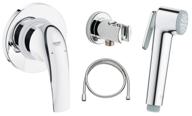
Hygienic shower Grohe BauCurve 123072, chrome

10 Review
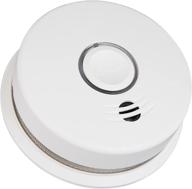
Interconnect Lithium Battery Powered Kidde Smoke & Carbon Monoxide Detector with Voice Alert - Combination Smoke & CO Alarm

9 Review
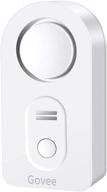
🚰 Govee Water Detectors, Adjustable 100dB Audio Alarm Sensor, Highly Sensitive Leak and Drip Alert, Ideal for Kitchen Bathroom Basement (Battery Included)

9 Review

🚰 Ensure Your Family's Safety: DIY Lead in Drinking Water Test Kit for City or Well Water - Quick 10 Minute Test - Single Pack

9 Review
Another interesting products

🍲 Augason Farms Variety Pail Emergency Food Supply (Lunch and Dinner) - 4-Gallon Pail

8 Review
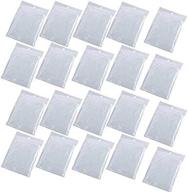
Clear Disposable Emergency Rain Poncho with Hood for Adults - 20 Pack

8 Review
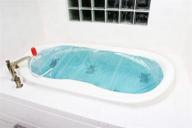
🌊 AquaPod Kit 2.0: BPA-Free & Made in USA! Emergency Water Storage Container, Hurricane Survival (65 gallons) - Great for Larger Tubs!

8 Review

🔋 SOS Food Labs, Inc. 3 Day Emergency 3600 Calorie Food Bar - 72 Hour Package with 5 Year Shelf Life, Compact Size: 5"H x 2"W x 4.5"L

8 Review

